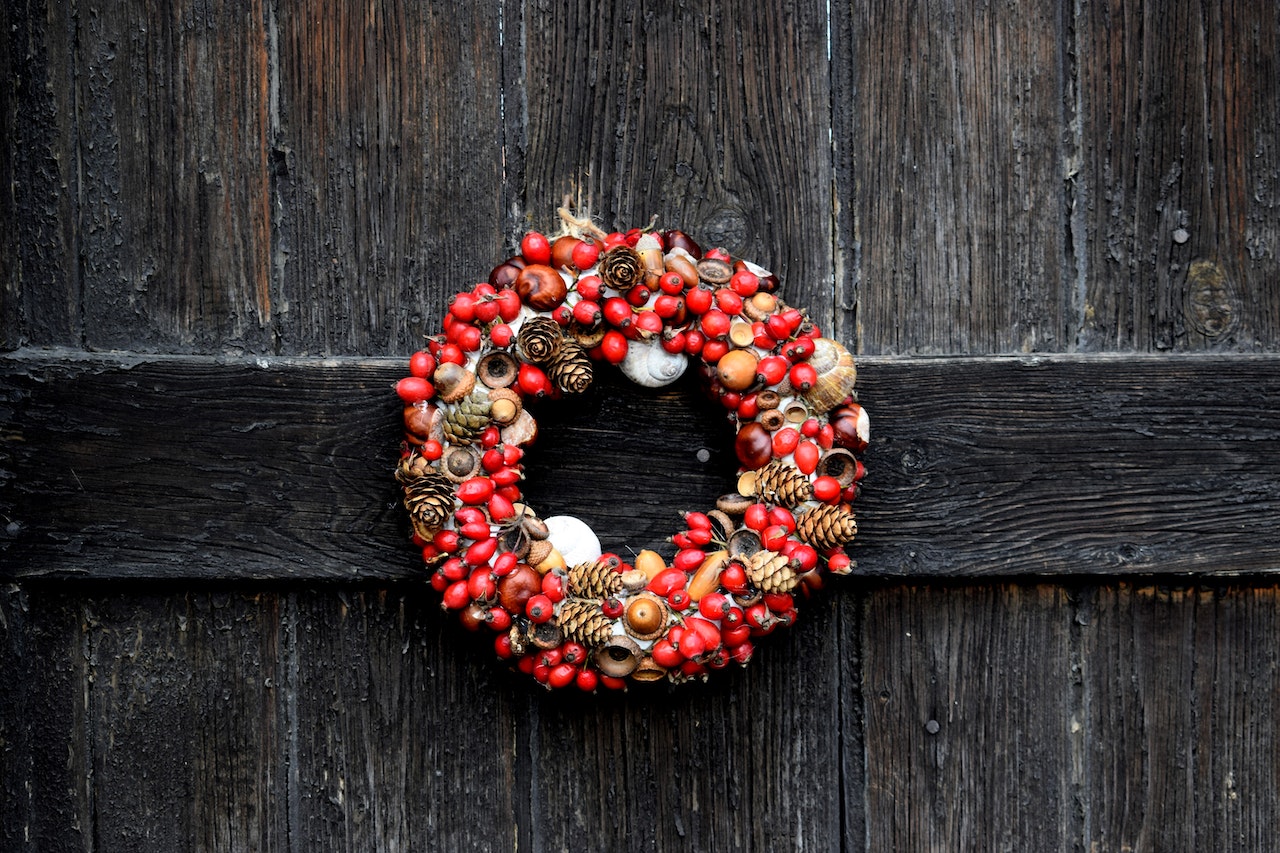
Twelfth Night is a holiday celebrated on January 5th, the night before the Christian feast of the Epiphany. It is also known as Twelfth Tide, Twelfth Day, or Epiphany Eve. The holiday has a rich history and is celebrated in many different ways around the world. To uncover the traditions of Twelfth Night, Smithsonian Libraries embarked on a fascinating journey, delving into centuries-old books and manuscripts.
Festive Traditions: From masquerade balls to King Cakes
One of the most fascinating traditions of Twelfth Night is the Twelfth Night Cake. In England, it was customary to bake a cake for the holiday, which contained a hidden bean and a hidden pea. The person who found the bean was crowned the King or Queen of the Bean, while the person who found the pea was the Queen or King of the Pea. The cake was often decorated with a paper crown, which the King or Queen of the Bean would wear.
According to Smithsonian Libraries’ research, the tradition of the Twelfth Night Cake dates back to the Middle Ages. In fact, the first recorded reference to the cake is in a play from the 16th century called “The Second Shepherds’ Play.” The play tells the story of the shepherds who traveled to Bethlehem to see the baby Jesus, and features a scene in which the shepherds share a cake containing a hidden bean.
The Twelfth Night Cake was not just a fun tradition, but also had religious significance. The bean represented the baby Jesus, while the pea represented the Wise Men who brought gifts to the baby. The tradition of the cake faded over time, but it is still celebrated by some in England today.
Another fascinating tradition of Twelfth Night is the King and Queen of Misrule. In medieval England, it was customary to appoint a Lord of Misrule to oversee the holiday festivities. The Lord of Misrule was responsible for organizing the entertainment and ensuring that everyone had a good time.
During the Tudor period, the Lord of Misrule became the King of Misrule, and the position was often filled by a member of the royal court. The King of Misrule would preside over the Twelfth Night celebrations, which included feasting, dancing, and games. The King of Misrule was often accompanied by a Queen of Misrule, who was traditionally chosen from among the women in attendance.
The tradition of the King and Queen of Misrule continues today in some parts of the world, such as Spain and South America, where it is known as the King’s Cake. In the United States, the tradition is celebrated by the Krewe of Rex in New Orleans, who select a King and Queen of Carnival to preside over the Mardi Gras festivities.
In conclusion, Twelfth Night is a holiday steeped in history and tradition. From the Twelfth Night Cake to the King and Queen of Misrule, the holiday has been celebrated in different ways around the world for centuries. Thanks to the research efforts of Smithsonian Libraries, we can gain a greater understanding and appreciation of these fascinating traditions.
